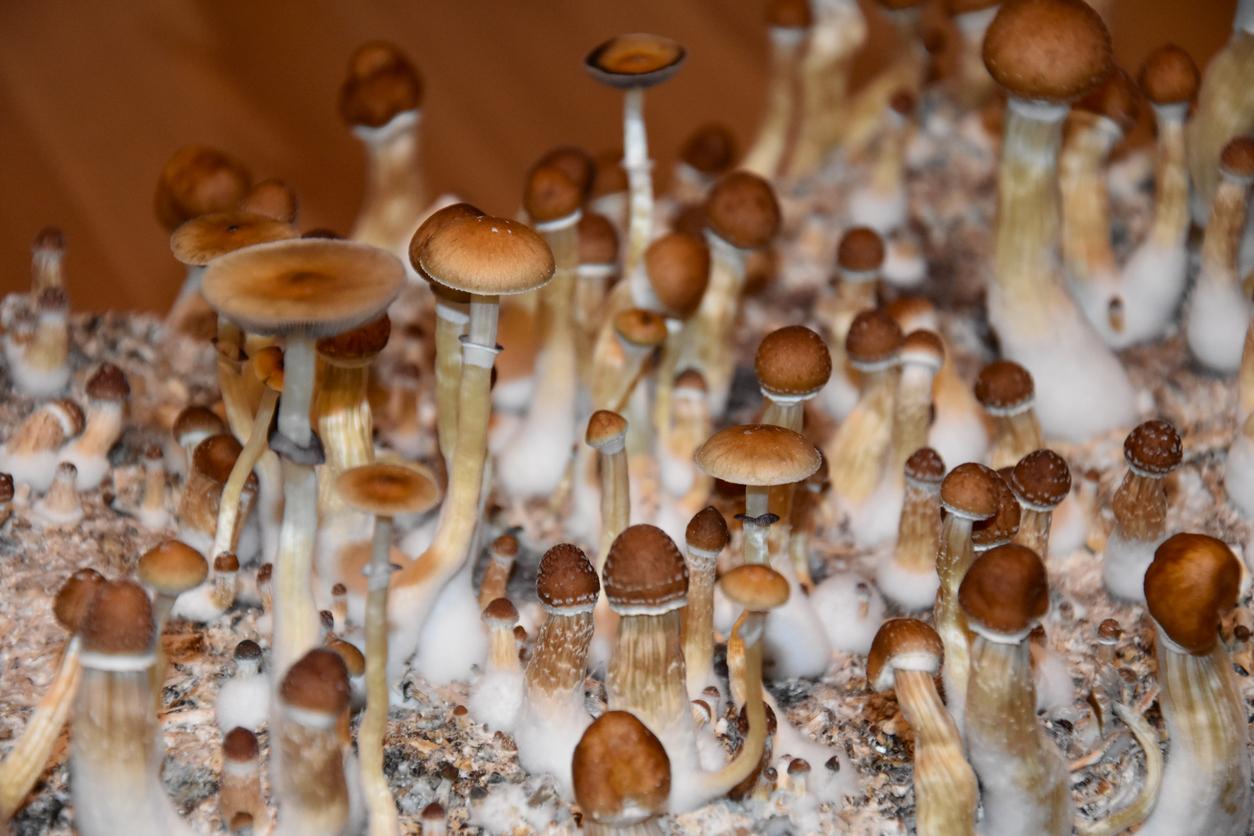Experiments carried out on young mice have helped decode how the developing brain processes surprise information.

- Researchers at the University of Basel used mice to decode how reactions to surprise develop in the growing brain.
- They found that the reaction to an element of surprise (a different noise) did not develop simultaneously in the different areas of the brain that process sound. “This development of the surprise reaction therefore begins in the periphery and ends in the cerebral cortex,” according to the main author of the study.
- Research also shows that experiences play a key role in the development of the surprise response in the cerebral cortex. Indeed, the processing of unusual sound by the brain was delayed in mice that had been raised in a soundless environment.
How is surprise processed in our brain? This seems to change over time: the unusual stimuli that surprise us at the beginning of life eventually no longer provoke a reaction from us. In other words, the world is full of surprises for children, less so for adults.
By analyzing mice, researchers at the University of Basel, Switzerland, have shed light on how reactions to the unexpected develop in the growing brain, and what changes as we grow.
Measuring the reaction of areas of the brain to an element of surprise
As part of their experiments, published in the journal Science Advances, scientists had mice listen to sequences of identical sounds during which a different sound played at irregular intervals. At the same time, they recorded the brain waves of the rodents, in order to observe how the reaction of different regions of their brain to the change in sound developed over time.
Without surprise, “the response was initially very strong, then diminished as the affected brain region matured […] However, this development does not take place simultaneously in the different areas of the brain that process sound.can we read in a communicated. Thus, the region called the inferior colliculus, located at the beginning of the path from the auditory nerve to the auditory cortex, was already fully mature in the animals at 20 days of age. A second area, the auditory thalamus, only showed an “adult” response to the different sound at 30 days of age. And the development of the cerebral cortex itself, the primary auditory cortex, took even longer, up to 50 days.
“This development of the surprise reaction therefore begins in the periphery and ends in the cerebral cortex, says Professor Tania Barkat, lead author of the study. The cerebral cortex therefore matures much later than expected: in humans, this would be roughly equivalent to the early twenties.”
Without experiences, the brain cannot learn to distinguish surprise
Researchers also observed that experiences play a key role in the development of the surprise response in the cerebral cortex. “If the mice were raised in a sound-insulating environment, the processing of unexpected sounds in the auditory cortex was significantly delayed”writes Tania Barkat.
A possible explanation, according to the neuroscientist, is that the brain forms an internal image of the world during growth, which it then compares to external stimuli. Anything that doesn’t fit this “worldview” is a surprise, but may also result in an update. “Without experience of sounds, however, the cerebral cortex of these mice is unable to develop such a model of the world, to correctly categorize sounds into ‘familiar’ and ‘unexpected’.”
















